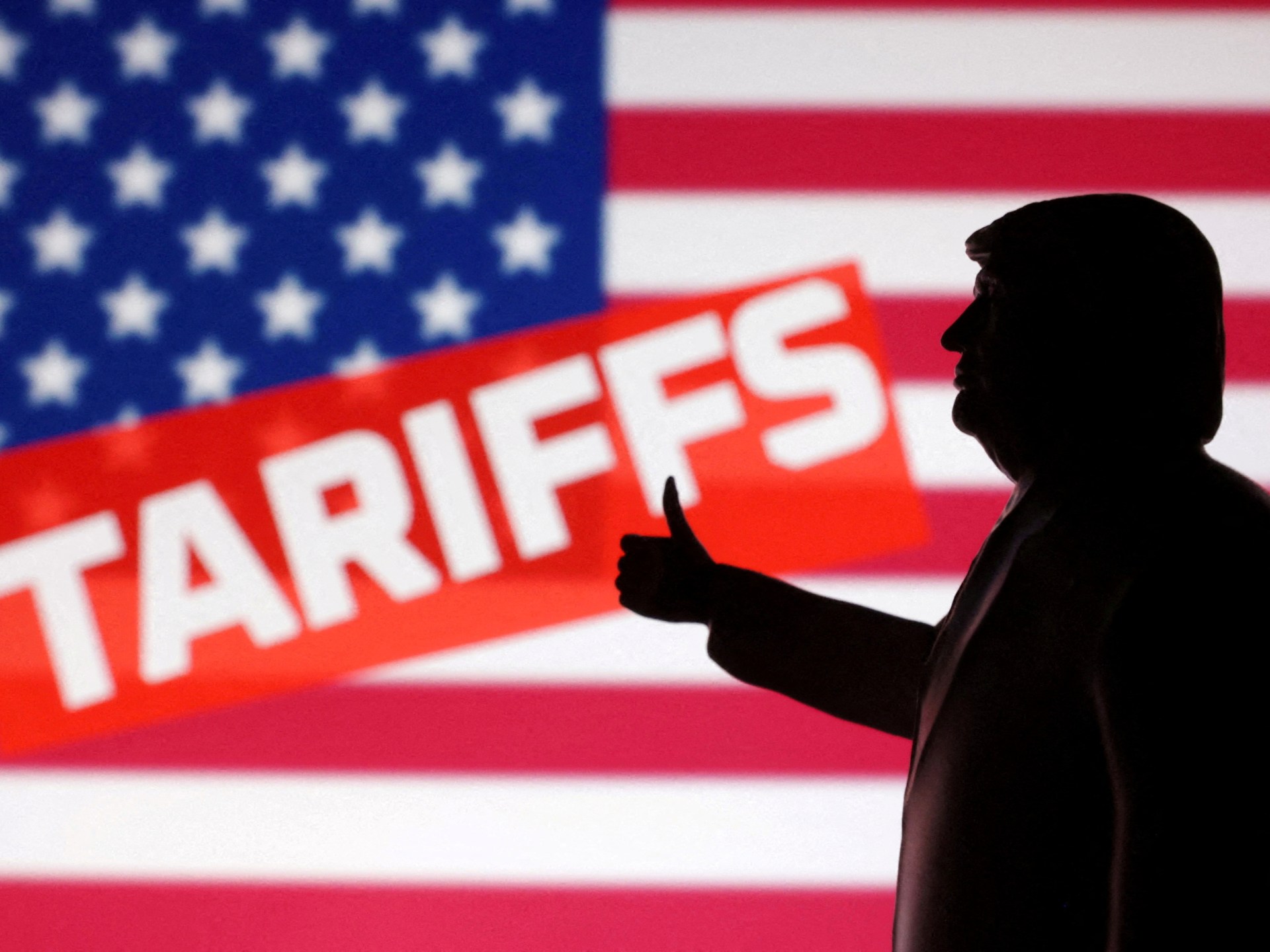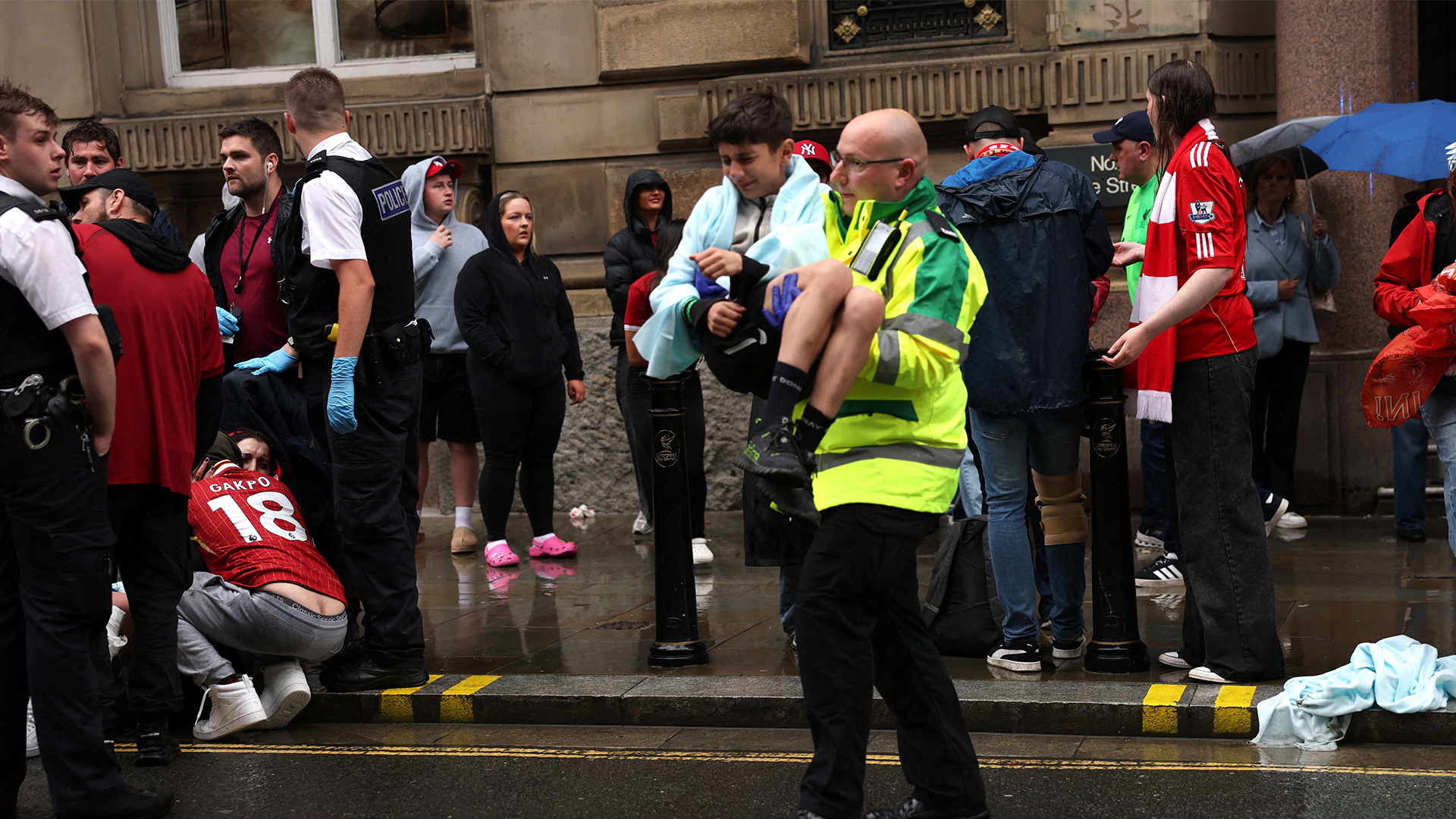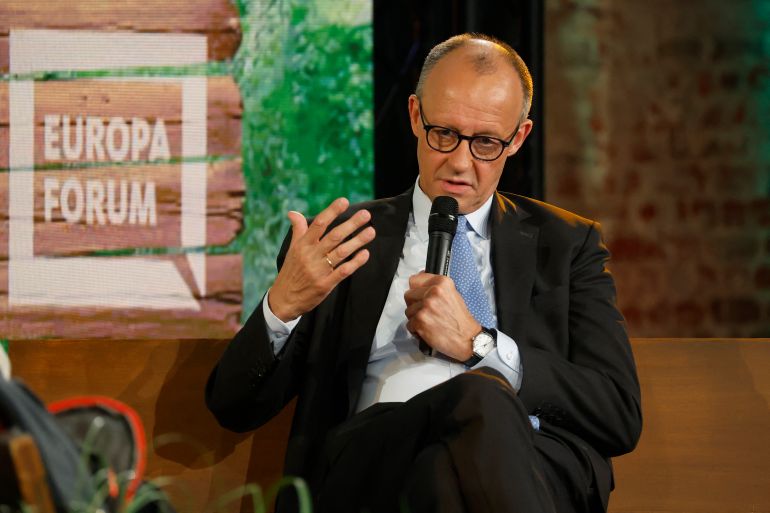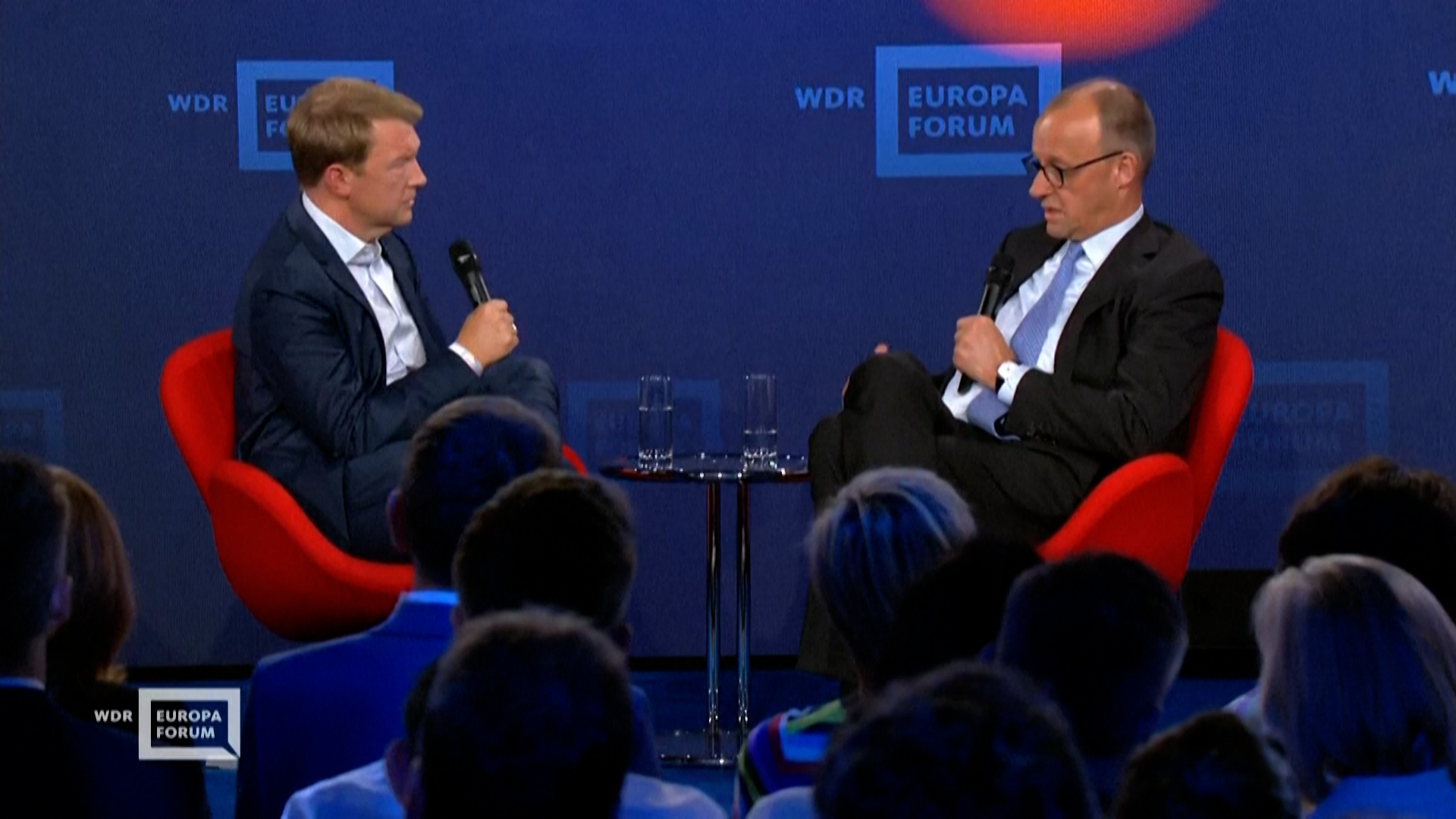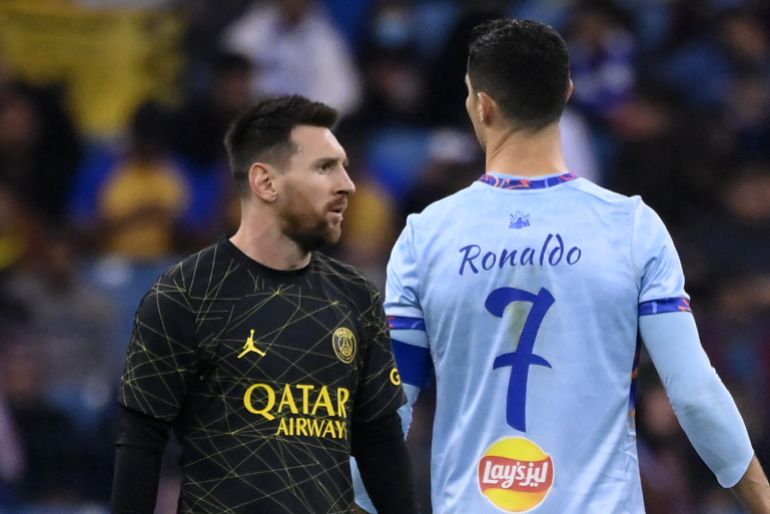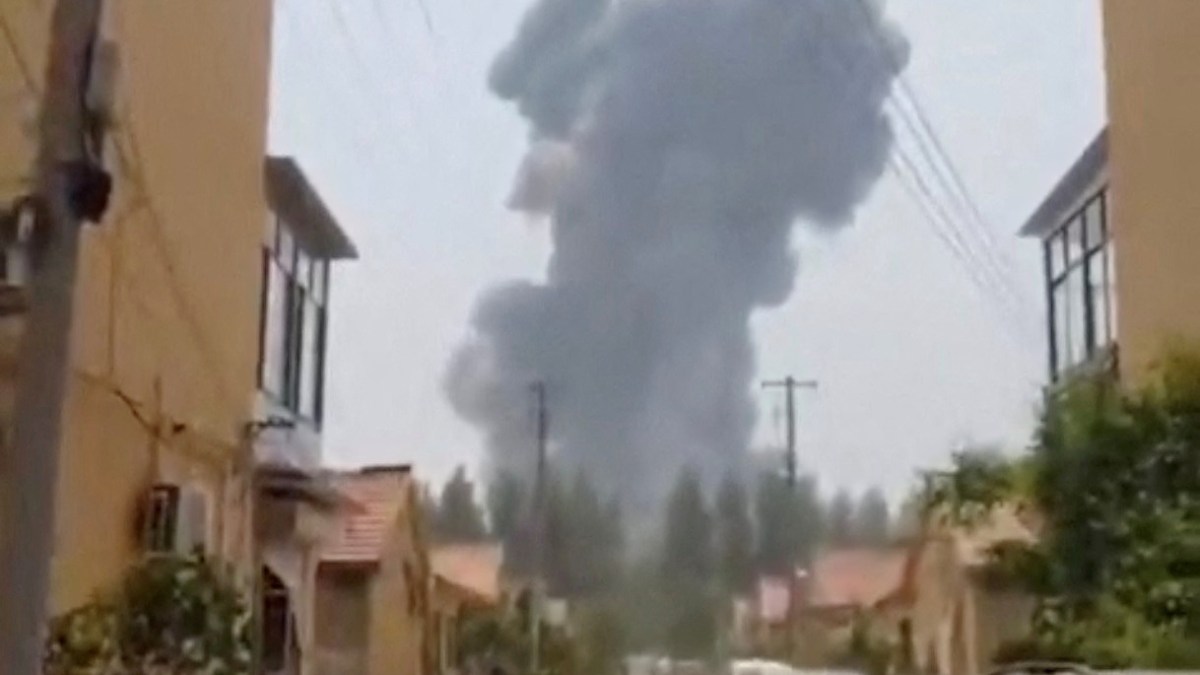Two days after threatening the bloc with 50% tariffs, US President Donald Trump has decided to stop imposing steep levies on the continent.
After European Commission President Ursula von der Leyen said the bloc needed more time to “reach a good deal,” Trump agreed to extend his deadline for trade talks until July 9 from the Friday deadline he set for June 1.
Von der Leyen allegedly told Trump during a phone call that the EU needed to work through a deal more quickly and that he had requested that he postpone the start of the trade duties until July, the date he had originally set when he announced his “reciprocal” tariffs in April on almost all of the world’s nations.
Trump claimed to have granted the request and that von der Leyen had said, “We will quickly get together to see if we can work something out.” In a social media post, Van der Leyen claimed that the EU was prepared to move quickly through trade negotiations.
French President Emmanuel Macron expressed his hope that Washington and Brussels could reach a deal with the lowest possible tariffs during a trip to Vietnam on Monday. He told reporters, “The discussions are getting going.”
The US president’s most recent victory comes as part of Washington’s stop-and-start global trade war, which began in April. Trump’s actions have irritated consumers, businesses, and consumers, and they have spooked fears of a global economic slowdown.
Key sticking points, however, make it difficult to reach an agreement with the EU, even though his approach has led to a trade deal with the United Kingdom and negotiations are believed to be moving forward with a number of other countries.
What the fuss is about and why the US and EU are trying to reach an agreement on trade:
What’s the background like?
Trump’s recent bluster against the EU was brought on by the White House’s belief that EU-related negotiations are not moving along quickly enough. Our discussions with them “are going nowhere”! Trump posted a message on Truth Social.
“I therefore suggest that the European Union will have a straight 50% tariff effective from June 1, 2025. If the product is created or produced in the United States, he wrote last Friday.
Trump, however, had made a change of direction by Sunday. He applauded von der Leyen’s claim that the bloc needed more time to negotiate but that it was still willing to do so. He added that preventing the higher tariffs was his “privilege.”
Trump claimed that Von der Leyen wants to start serious negotiations. She called us and said we would check things out right away, he said, “we will see if things work out.”
Trump is reportedly opposed to the EU’s proposal to reduce tariffs to zero. The US president has urged countries to keep a 1% base import tax on most of their goods imported.
A trade agreement signed by the UK on May 8 kept Trump’s 10% reciprocal tariff in place.
Maros Sefcovic, the head of EU trade, stated that the executive branch of the EU is still working to secure a deal that benefits both parties. However, he cautioned against “mutual respect, not threats,” as the EU-US trade “must be guided by.”
In 2024, EU exports to the US totalled about 532 billion euros ($603bn). According to EU data, the largest exports included pharmaceuticals, cars and auto parts, chemicals, and aircraft.
What does the EU offer?
A proposal sent by the European Commission was rejected last week in the US. According to Bloomberg, the EU had offered to co-develop AI data centers, lower tariffs on some industrial goods, and increase access to some US agricultural products.
Additionally, it suggested establishing an EU-US energy partnership that covers gas, nuclear power, and oil in addition to expanding economic cooperation in areas like shipbuilding and port infrastructure.
Brussels wants more flexibility in the Trump administration’s ability to lower the 10-percent baseline tariff, including by moving it down gradually.
The EU has stated that it wants to reach a compromise, but it has also been making plans to retaliate if necessary.
A batch of US products worth 21 billion euros ($23. 8 billion), including maize, wheat, and clothing, will be subject to a 50 percent tariff, which is approved by member states without agreement on July 14.
Additionally, the bloc is putting together tariffs on bourbon and other imported goods worth 95 billion euros ($107.8 billion). These tariffs target industrial products like those used in Boeing aircraft and cars.
What is the US’s desire?
Trump has long alleged that Brussels will “rip off” the US, and he is determined to take steps to reduce its 198.2-billion-euro ($225bn) goods trade surplus.
Washington has raised questions about the rules governing IT and food exports in Europe in recent weeks. Trump asserts that the EU is de facto a deterrent to trade because of these controls.
Sefcovic for his part recently stated to the Financial Times that he wants to purchase more US gas, weapons, and agricultural products to reduce the US-EU trade deficit.
Trump is reportedly interested in lowering its dependence on Chinese exports and imposing tariffs on subordinate Chinese exports.
Next month, Sefcovic and his US counterpart Jamieson Greer will meet in Paris to discuss de-escalation of the US-EU trade dispute.
How much would Trump’s tariffs have an impact on both countries?
A trade surplus of almost 200 billion euros ($227bn) was generated by the EU’s exports of 531.6 billion euros ($603bn) of goods to the US and its imports of products worth 333 billion euros ($377.8bn).
In contrast, the US has a surplus of more than 109 billion euros ($124 billion) in services as of 2023 thanks to notable IT exports, led by major American tech companies, and fees for intellectual property and financial services.
Trump’s tariffs would have a significant impact on both economies. A full-fledged US-EU trade war could cost between 0.3 and 0.6% of GDP on both sides, according to an International Monetary Fund study from 2019.
